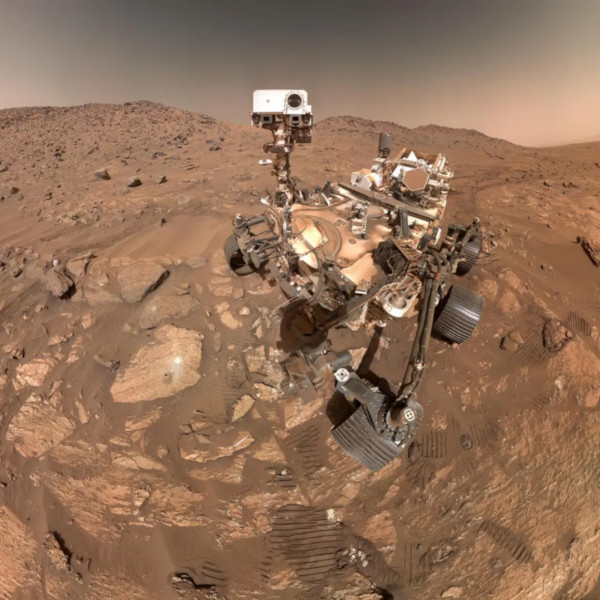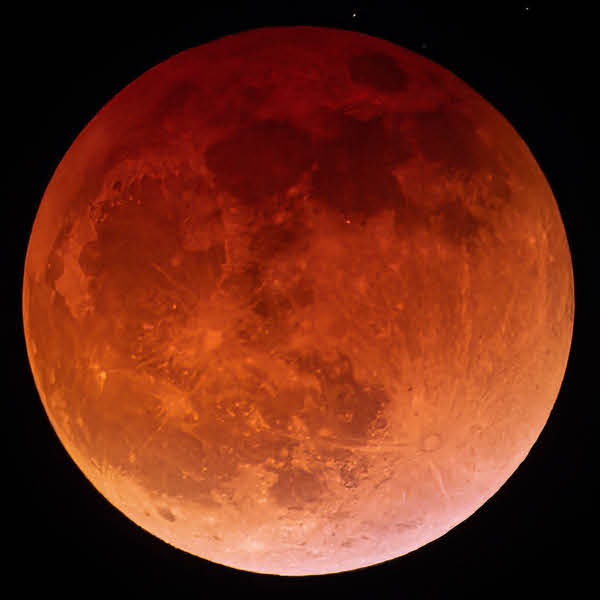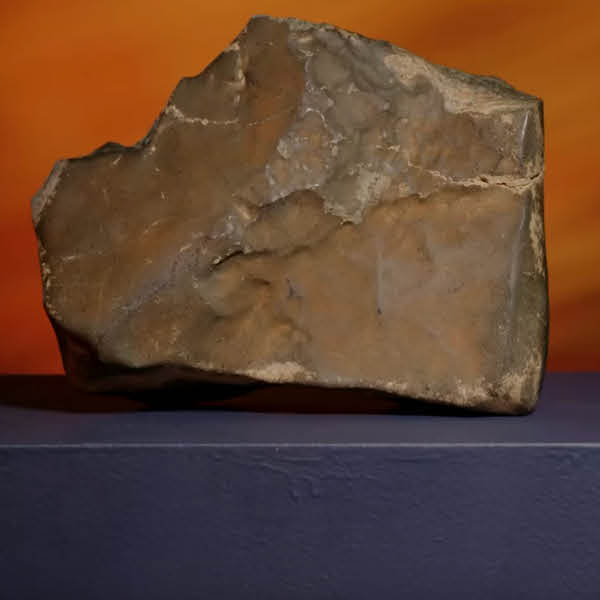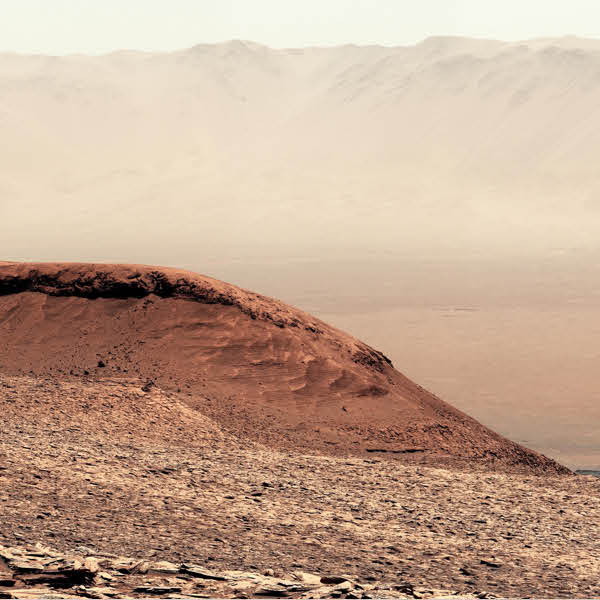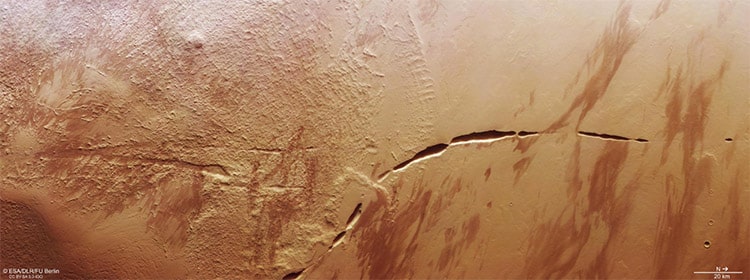
Aganippe Fossa, the steep-walled canyon on Mars. (Photo: ESA/DLR/FU Berlin, CC BY-SA 3.0 IGO)
Mars is known as the Red Planet for its color shining in the night sky, one planet over from our Earth. Although appearing like a warm desert in many satellite images, the planet is actually shockingly cold, a fact with which any human mission will eventually have to contend with. Space exploration has devoted a lot of time and effort to gathering information on the neighboring planet with satellites and rovers dedicated to it. One such satellite is the Mars Express orbiter operated by the European Space Agency (ESA). Onboard is a High Resolution Stereo Camera (HRSC) which recently sent some exciting images of Aganippe Fossa, a 373-mile (600 km) “scar” on the surface of the planet back to Earth.
Aganippe Fossa is what is technically known as a graben, which ESA defines as “a ditch-like groove with steep walls on either side.” It stretches for an impressive 373 miles, longer than the 277-mile length of the United States' Grand Canyon.
Topographical images representing the relative altitudes of the surface of Mars show the depth (in blue) of the canyon. The red to the bottom left of the image (below) indicates the rising slope of Arsia Mons, a volcano rising 5.6 miles (9 km) above the planet's nearby surface. It is one of several volcanoes in this region of Mars, known as Tharsis.
Aganippe Fossa likely formed due to the region's volcanic activity. According to the ESA: “It seems likely that it was formed as magma rising underneath the colossal mass of the Tharsis volcanoes caused Mars’ crust to stretch and crack.”
As if the planet has a stretchmark, the Aganippe Fossa holds a story of change. It also traverses two wildly different lanscapes as shown in the images. The rough leftmost half is called “hummocky terrain,” rocky hills and valleys. This transitions into “lobate terrain” which features more gentle slopes and rocky features. To the far right are “zebra stripes” created by winds whipping sand into patterns.
While the Mars Express continues to explore, each image it sends back—like this new one of Aganippe Fossa—expands our knowledge of the Red Planet.
The ESA’s Mars Express captured a new highly detailed image of a deep 373-mile-long “scar,” a narrow canyon, on the surface of the red planet.
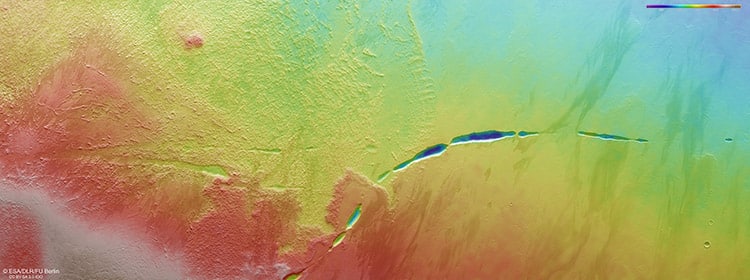
Aganippe Fossa's region shown in different colors to indicate altitude. “Lower altitude parts of the surface are shown in blues and purples, while higher altitude regions show up in whites and reds, as indicated on the scale to the top right,” according to the ESA. (Photo: ESA/DLR/FU Berlin, CC BY-SA 3.0 IGO)
h/t: [Live Science]
Related Articles:
Newly Discovered Exoplanet the Size of Earth May Be Habitable
Two Meteor Showers Will Peak on the Same Night in the Same Region This Month
Jupiter’s Most Stunning Images Captured by NASA’s JunoCam in Sharp Detail
Once-In-A-Lifetime Stellar Event Expected To Happen This Summer














































































